
In the UK and worldwide, recovery is becoming as important as training itself. Whether you are an elite athlete, a dedicated gym-goer, or simply someone committed to fitness, understanding recovery is key to protecting your body, improving performance, and reducing the risk of injury.
Why Recovery Matters
Every workout, match, or training session places stress on the body. Muscles tear at a microscopic level, joints absorb repetitive impact, and the nervous system works hard to adapt. Without structured recovery, fatigue accumulates — leaving athletes more vulnerable to injury and limiting long-term progress.
Research shows that recovery is where adaptation happens. Strength, endurance, and skill are built not during exertion, but in the rest and repair phases that follow.
Modern Recovery Technologies in Sport
Contrast Bath Therapy
Alternating between hot and cold immersion (often called contrast therapy) supports blood flow, reduces swelling, and accelerates metabolic waste clearance. Sports recovery studies show it can reduce delayed onset muscle soreness (DOMS) by up to 30% compared with passive rest, a powerful tool for UK athletes managing busy schedules.
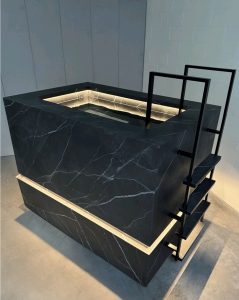
Infrared and Traditional Saunas
Sauna therapy, a staple in Nordic sports culture, is gaining popularity in the UK for recovery and longevity. Heat exposure increases circulation, supports cardiovascular conditioning, and promotes relaxation. Infrared saunas add the benefit of deeper tissue penetration, enhancing muscle repair and joint health.
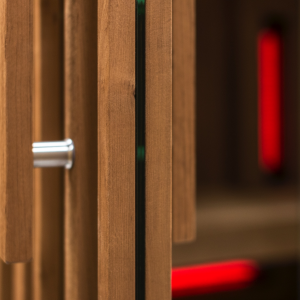
Whole-Body Cryotherapy
Cryotherapy chambers expose the body to extreme cold temperatures for two to three minutes. This process triggers vasoconstriction, reduces inflammation, and stimulates recovery hormones like norepinephrine. Athletes in the Premier League, rugby, and athletics increasingly use cryotherapy in the UK for faster recovery and sharper focus.
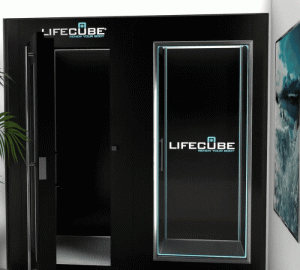
Red Light Therapy
Red and near-infrared wavelengths stimulate the mitochondria, the body’s “power plants” to produce more energy (ATP). The result: faster muscle repair, reduced inflammation, and improved joint function. Clinical trials show red light therapy can accelerate healing and even improve skin health, making it popular across both performance and wellness spaces.

Hyperbaric Oxygen Therapy (HBOT)
Once used mainly in clinical medicine, HBOT is now emerging in sports recovery centres across the UK. By breathing pure oxygen in a pressurised chamber, athletes can increase oxygen delivery to tissues, speed up wound healing, and support brain health. It’s especially beneficial for concussion recovery and intensive training blocks.
Breathwork and Cold Immersion
Breathwork combined with ice baths or cold showers has become a cornerstone of modern recovery. These practices regulate the autonomic nervous system, reduce stress hormones, and improve heart rate variability (HRV). Athletes find they not only recover faster but also build resilience and mental clarity.
Building Your Recovery Toolkit
- No single method works in isolation. The best sports recovery strategies in the UK blend modalities:
- Cold immersion after matches or training to reduce inflammation.
- Sauna sessions for relaxation and cardiovascular conditioning.
- Red light therapy to accelerate repair at the cellular level.
- Structured breathwork to support nervous system recovery.
By combining these tools, athletes can create a personalised recovery routine that protects performance and prevents injury.
The Takeaway
Recovery is no longer an afterthought, it’s an essential component of modern sport. From cryotherapy for athletes in the UK to contrast baths, saunas, and red light therapy, science-backed recovery technologies are redefining how athletes train, compete, and protect their health.
Investing in recovery means investing in performance, resilience, and longevity. Because growth doesn’t happen in the session, it happens in the recovery that follows.
Related Posts
November 17, 2025
Sauna Buyers Guide: What Do We Mean By A “Premium Insulated Sauna”?
What is a premium insulated sauna? Explore materials, energy savings, heat…
October 30, 2025
The Story Behind Ember & Ice Wellness | Nordic-Inspired Wellness Design
Discover how Ember & Ice Wellness was founded by Chris Wainwright-Park, a…
October 22, 2025
The Future of Recovery: How Science-Backed Wellness Is Redefining Human Performance
Discover how Ember and Ice is shaping the future of science-backed wellness…

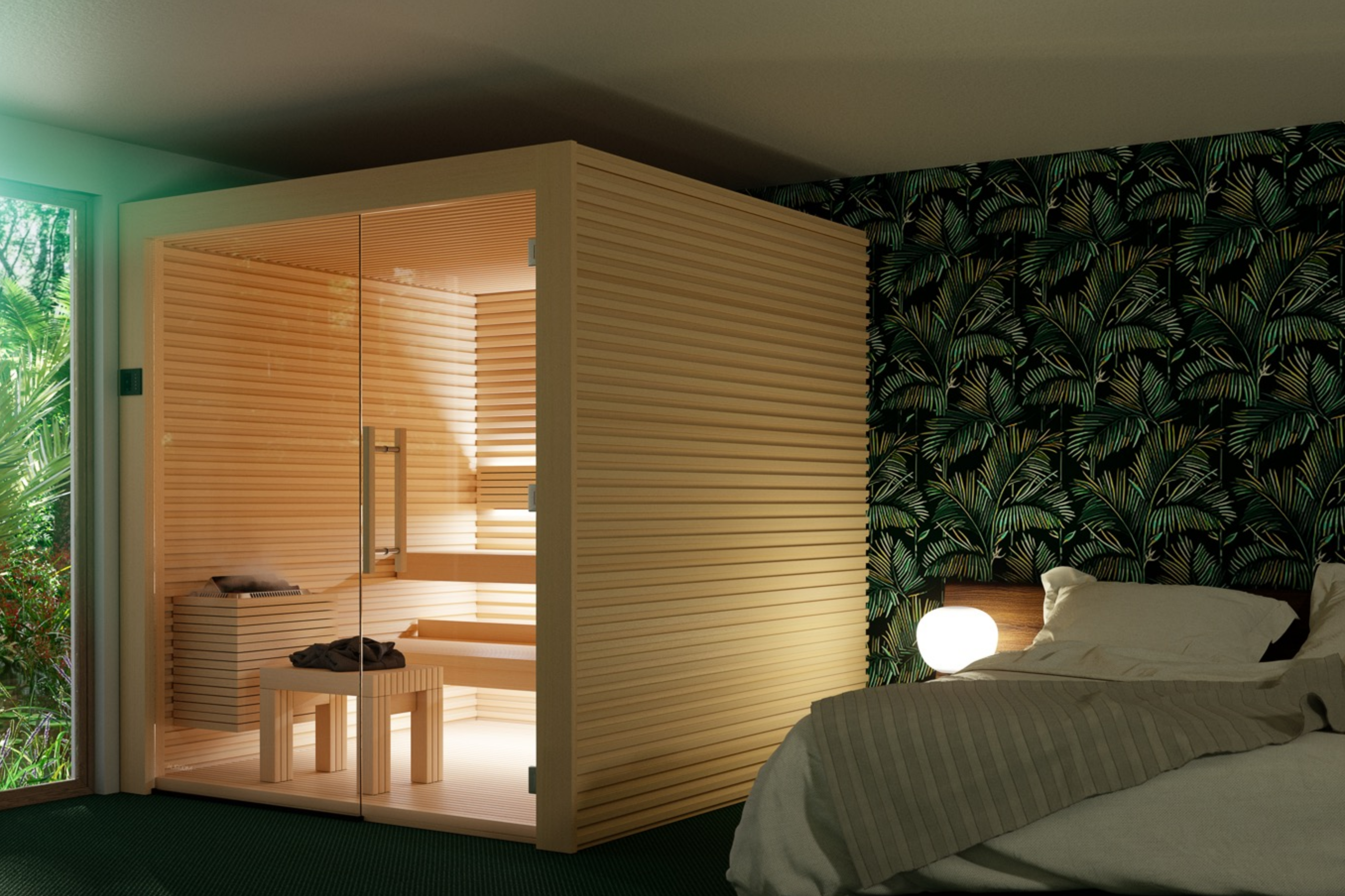
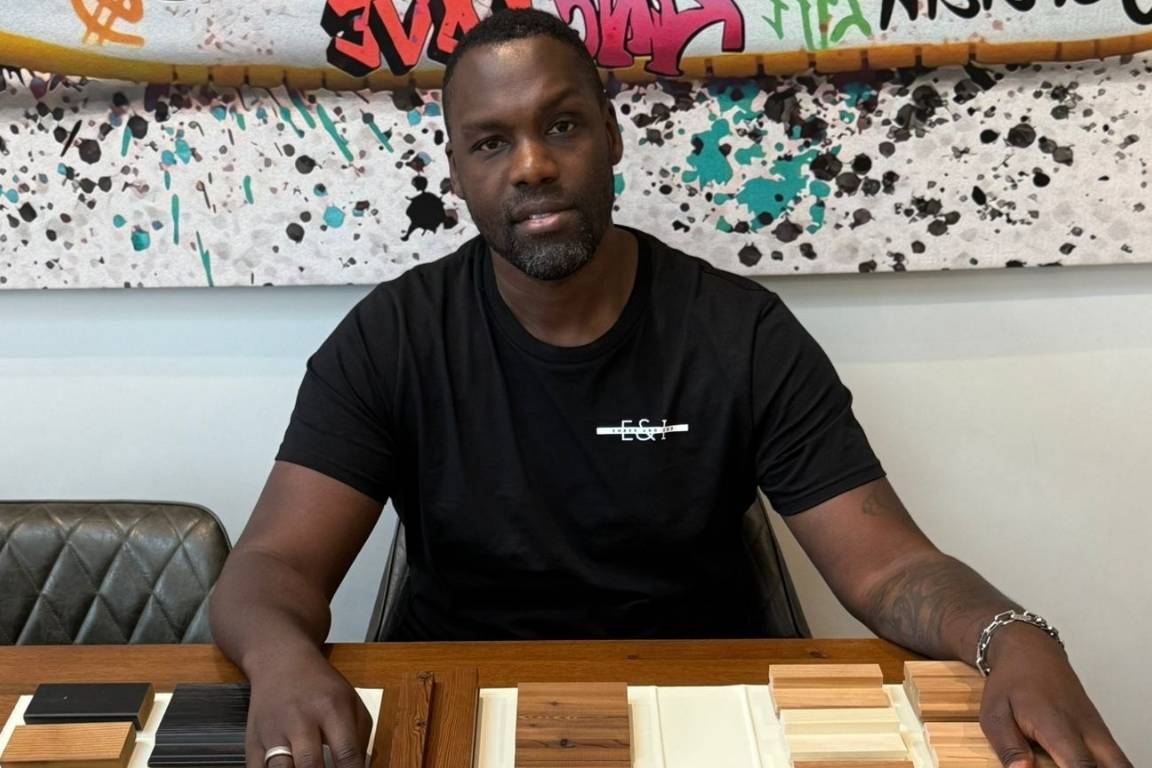
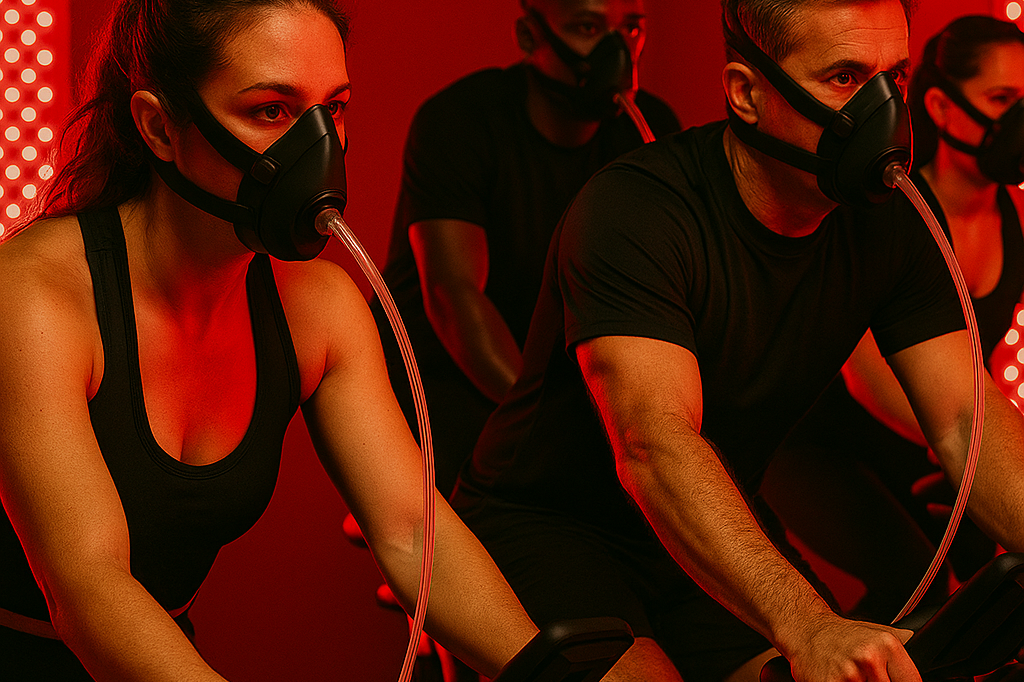
Hi, this is a comment.
To get started with moderating, editing, and deleting comments, please visit the Comments screen in the dashboard.
Commenter avatars come from Gravatar.
[…] stretch or cool-down after training. Today, it is recognised as a discipline in its own right. Research in sports science, longevity, and performance medicine proves that recovery has as much impact on results as the workout […]